Home>Renovation & DIY>Tools & Equipment>Why Do Paint Brushes Split


Tools & Equipment
Why Do Paint Brushes Split
Modified: October 20, 2024
Discover the reasons behind paint brush splitting and learn how to prevent it. Explore essential tips for maintaining your tools and equipment.
(Many of the links in this article redirect to a specific reviewed product. Your purchase of these products through affiliate links helps to generate commission for Storables.com, at no extra cost. Learn more)
**
Introduction
**
Painting is a rewarding and expressive form of art, but it requires the right tools to achieve a flawless finish. Among these tools, the paint brush stands as an essential instrument for translating creative vision onto canvas or walls. However, even the most skilled artists or DIY enthusiasts may encounter the frustrating issue of paint brush splitting. This occurrence not only disrupts the smooth application of paint but also diminishes the quality of the final product.
Understanding the reasons behind paint brush splitting is crucial for maintaining the integrity of your tools and achieving professional-looking results. In this article, we will delve into the structure of a paint brush, explore the factors that lead to splitting, identify the different types of splitting, and provide practical tips for preventing this issue. By gaining insight into these aspects, you will be better equipped to preserve the condition of your paint brushes and elevate the overall painting experience.
Let's embark on a journey to unravel the mysteries of paint brush splitting, empowering you to wield your brushes with confidence and finesse.
**
Key Takeaways:
- Paint brush splitting occurs due to factors like poor cleaning, excessive pressure, and low-quality bristles. Proper maintenance, balanced painting techniques, and high-quality brushes can prevent splitting and preserve the quality of your artwork.
- Understanding the structure of a paint brush and the types of splitting, such as splaying and fraying, empowers artists to take targeted measures for prevention. By investing in quality brushes and adopting mindful painting practices, artists can unleash their creativity with confidence.
Read more: What To Do With Paint Brushes Overnight
The Structure of a Paint Brush
**
Before delving into the intricacies of paint brush splitting, it’s essential to grasp the fundamental structure of this versatile tool. A typical paint brush comprises several key components, each contributing to its functionality and performance.
Bristles:
The bristles, also known as the filaments, form the most crucial part of a paint brush. These can be natural, synthetic, or a blend of both. Natural bristles, often made from animal hair such as hog or badger, are best suited for oil-based paints due to their ability to hold and release the paint effectively. On the other hand, synthetic bristles, typically crafted from nylon or polyester, are ideal for water-based paints as they maintain their shape and stiffness when exposed to moisture.
Ferrule:
The ferrule is the metal band that secures the bristles to the handle. It plays a vital role in maintaining the shape and integrity of the brush, preventing the bristles from splaying or falling out during use. A well-constructed ferrule ensures that the bristles remain firmly in place, allowing for precise and controlled brush strokes.
Handle:
The handle of a paint brush provides the necessary grip and control for the artist or painter. It can be made of wood, plastic, or composite materials, with varying shapes and sizes to accommodate different painting techniques and preferences.
Shape and Size:
Paint brushes come in a myriad of shapes and sizes, each designed for specific applications. The shape of the brush, such as flat, round, or angled, influences the type of strokes it can produce, while the size dictates the coverage area and level of detail achievable.
Balance and Weight:
The overall balance and weight of a paint brush contribute to its maneuverability and comfort during use. A well-balanced brush with an appropriate weight distribution allows for smooth and controlled movements, reducing hand fatigue and enhancing precision.
Understanding the intricate composition of a paint brush lays the foundation for comprehending the factors that can lead to splitting, as well as the measures to prevent this issue. With this knowledge in hand, let’s explore the various elements that contribute to paint brush splitting and how to address them effectively.
**
Factors Leading to Splitting
**
Paint brush splitting can be attributed to a combination of factors, ranging from the quality of the brush to the techniques employed during painting. Understanding these factors is essential for identifying the root causes of splitting and implementing preventive measures.
Quality of Bristles:
The quality of the bristles significantly impacts the likelihood of splitting. Natural bristles, when of high quality, possess the necessary resilience and flexibility to withstand the rigors of painting, reducing the risk of splitting. Conversely, low-quality or worn-out bristles are more prone to splitting, compromising the brush’s performance and longevity.
Improper Cleaning and Drying:
Inadequate cleaning and drying of paint brushes can lead to the accumulation of paint residues within the bristles, causing them to stiffen and lose their original flexibility. When such brushes are used, the hardened bristles are more susceptible to splitting, especially during intricate or forceful strokes. Proper cleaning and thorough drying of brushes after each use are imperative for maintaining their condition and preventing splitting.
Excessive Pressure and Friction:
Applying excessive pressure or subjecting the bristles to repetitive friction against rough surfaces can hasten their wear and tear, leading to splitting. This is particularly common when painting with aggressive strokes or when the brush comes into contact with abrasive textures. Employing a lighter touch and ensuring that the bristles do not encounter undue friction can mitigate the risk of splitting.
Environmental Factors:
Environmental conditions, such as extreme humidity or prolonged exposure to direct sunlight, can adversely affect the integrity of paint brush bristles. High humidity may cause natural bristles to swell and lose their shape, while prolonged exposure to sunlight can accelerate the degradation of both natural and synthetic bristles. Storing brushes in a controlled environment and safeguarding them from extreme conditions can help preserve their quality and minimize the likelihood of splitting.
Selection of Paint Type:
The type of paint being used also influences the propensity for brush splitting. Oil-based paints, for instance, can be harsh on synthetic bristles, causing them to deteriorate and split over time. Conversely, water-based paints may affect the performance of natural bristles under certain conditions. Choosing the appropriate brush for the specific paint type and ensuring compatibility can mitigate the risk of splitting.
By recognizing these factors, artists and painters can adopt proactive measures to safeguard their paint brushes from splitting, thereby prolonging their usability and preserving their effectiveness. In the subsequent section, we will delve into the various types of paint brush splitting and their distinguishing characteristics.
**
To prevent paint brushes from splitting, always clean and store them properly after use. Use a brush comb to remove any dried paint and reshape the bristles before storing them upright in a container.
Types of Paint Brush Splitting
**
Paint brush splitting manifests in various forms, each indicative of distinct underlying causes and characteristics. Understanding these types is instrumental in diagnosing the root issues and implementing targeted solutions to address them effectively.
Splaying:
Splaying occurs when the bristles of a paint brush spread out in multiple directions, resembling a fan shape rather than maintaining a cohesive and uniform arrangement. This type of splitting is often attributed to excessive pressure during painting, improper cleaning, or prolonged use without adequate maintenance. Splaying compromises the precision and control of the brush, resulting in erratic and imprecise strokes.
Fraying:
Fraying is characterized by the individual bristles of a paint brush becoming frayed or wispy at the tips, diminishing their ability to hold and distribute paint evenly. Fraying commonly occurs when using low-quality brushes or subjecting the bristles to harsh cleaning methods, causing them to lose their original shape and resilience. Brushes affected by fraying yield inconsistent and streaky application of paint, detracting from the desired smooth and even finish.
Flagging:
Flagging refers to the splitting of individual bristles along their length, resulting in a rough and uneven texture. This type of splitting is often a consequence of prolonged use, exposure to abrasive surfaces, or the accumulation of dried paint within the bristles. Brushes exhibiting flagging are prone to leaving unsightly streaks and imperfections on painted surfaces, necessitating frequent reapplication to achieve a satisfactory result.
Twisting:
Twisting occurs when the bristles of a paint brush become entwined or twisted, disrupting their alignment and impeding the smooth flow of paint. This type of splitting is commonly associated with inadequate drying after cleaning, causing the bristles to clump together and lose their individual integrity. Brushes afflicted by twisting yield uneven and irregular brush strokes, compromising the precision and finesse of the painting process.
By discerning the distinct types of paint brush splitting, artists and painters can pinpoint the specific issues affecting their brushes and take targeted measures to rectify and prevent further deterioration. In the subsequent section, we will explore practical strategies for preventing paint brush splitting, empowering individuals to preserve the longevity and performance of their essential painting tools.
**
Preventing Paint Brush Splitting
**
Preventing paint brush splitting entails a combination of proactive measures, proper maintenance, and mindful painting practices. By implementing the following strategies, artists and painters can safeguard their brushes from splitting and maintain their optimal performance:
Invest in High-Quality Brushes:
Opting for high-quality paint brushes, crafted from premium materials and precision manufacturing, forms the foundation for preventing splitting. Quality brushes exhibit enhanced resilience, durability, and resistance to splitting, ensuring longevity and consistent performance.
Proper Cleaning and Drying:
Thoroughly cleaning paint brushes after each use, using appropriate solvents or cleaning agents based on the paint type, is essential for preventing the accumulation of hardened paint residues within the bristles. Additionally, ensuring thorough drying by hanging brushes upside down or utilizing specialized drying racks preserves their original shape and flexibility, mitigating the risk of splitting.
Painting Technique and Pressure:
Adopting a balanced and controlled painting technique, characterized by moderate pressure and smooth, deliberate strokes, minimizes the strain on the bristles and reduces the likelihood of splitting. Avoiding aggressive or forceful painting movements preserves the integrity of the bristles, ensuring consistent performance over time.
Environment and Storage:
Storing paint brushes in a conducive environment, shielded from extreme humidity, temperature fluctuations, and direct sunlight, safeguards their structural integrity. Additionally, utilizing protective covers or cases for brushes during storage prevents accidental damage and maintains their pristine condition for prolonged use.
Appropriate Brush Selection:
Choosing paint brushes tailored to the specific paint type and application requirements is paramount for preventing splitting. Utilizing natural bristle brushes for oil-based paints and synthetic brushes for water-based paints ensures compatibility and longevity, minimizing the detrimental effects of paint on the bristles.
By integrating these preventive measures into their painting routines, artists and painters can preserve the quality and functionality of their paint brushes, mitigating the occurrence of splitting and maximizing their artistic endeavors.
**
Read more: What Are Good Paint Brushes
Conclusion
**
Paint brush splitting poses a common challenge for artists, painters, and DIY enthusiasts, disrupting the seamless application of paint and detracting from the desired finish. However, by delving into the structure of paint brushes, understanding the factors leading to splitting, and identifying the various types of splitting, individuals can equip themselves with the knowledge to address and prevent this issue effectively.
The intricate composition of a paint brush, encompassing bristles, ferrule, handle, and overall balance, forms the cornerstone of its functionality and resilience. By recognizing the significance of each component, individuals gain a deeper understanding of the factors that contribute to splitting and the measures required to maintain the brush’s integrity.
Factors such as the quality of bristles, cleaning and drying practices, painting techniques, environmental considerations, and paint type compatibility play pivotal roles in the occurrence and prevention of paint brush splitting. By acknowledging these factors, individuals can adopt targeted strategies to safeguard their brushes from splitting and ensure consistent performance.
Understanding the distinct types of paint brush splitting, including splaying, fraying, flagging, and twisting, enables individuals to diagnose specific issues and implement tailored solutions. By addressing these types of splitting, artists and painters can maintain the precision, control, and quality of their brushwork, elevating the overall painting experience.
Moreover, by embracing preventive measures such as investing in high-quality brushes, adhering to proper cleaning and drying protocols, refining painting techniques, optimizing storage conditions, and selecting brushes tailored to specific paint types, individuals can fortify their brushes against splitting and prolong their usability.
In essence, by cultivating a comprehensive understanding of paint brush splitting and integrating proactive measures into their painting routines, individuals can preserve the longevity and effectiveness of their essential tools, enabling them to unleash their creativity with confidence and finesse.
Armed with this knowledge, artists and painters can embark on their creative endeavors, knowing that they possess the insights and strategies to conquer the challenge of paint brush splitting, ensuring that their artistic visions are translated onto canvas or walls with precision and beauty.
Frequently Asked Questions about Why Do Paint Brushes Split
Was this page helpful?
At Storables.com, we guarantee accurate and reliable information. Our content, validated by Expert Board Contributors, is crafted following stringent Editorial Policies. We're committed to providing you with well-researched, expert-backed insights for all your informational needs.
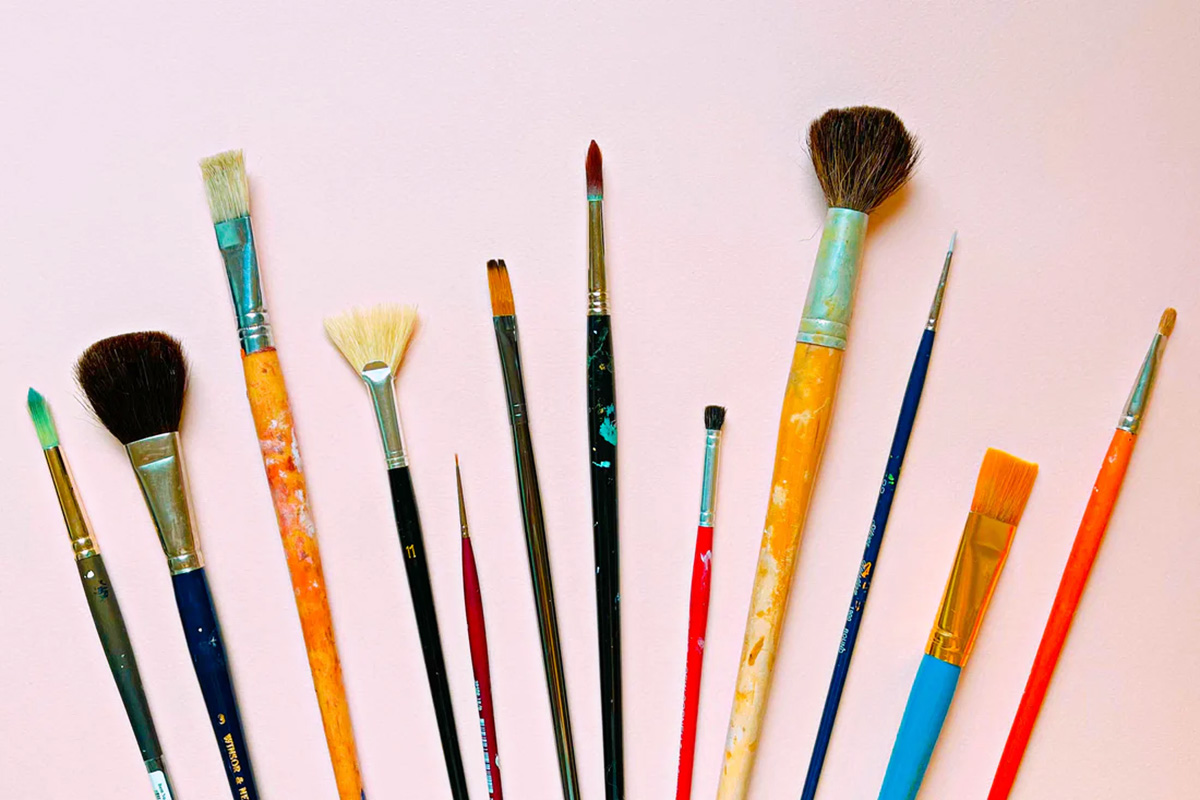
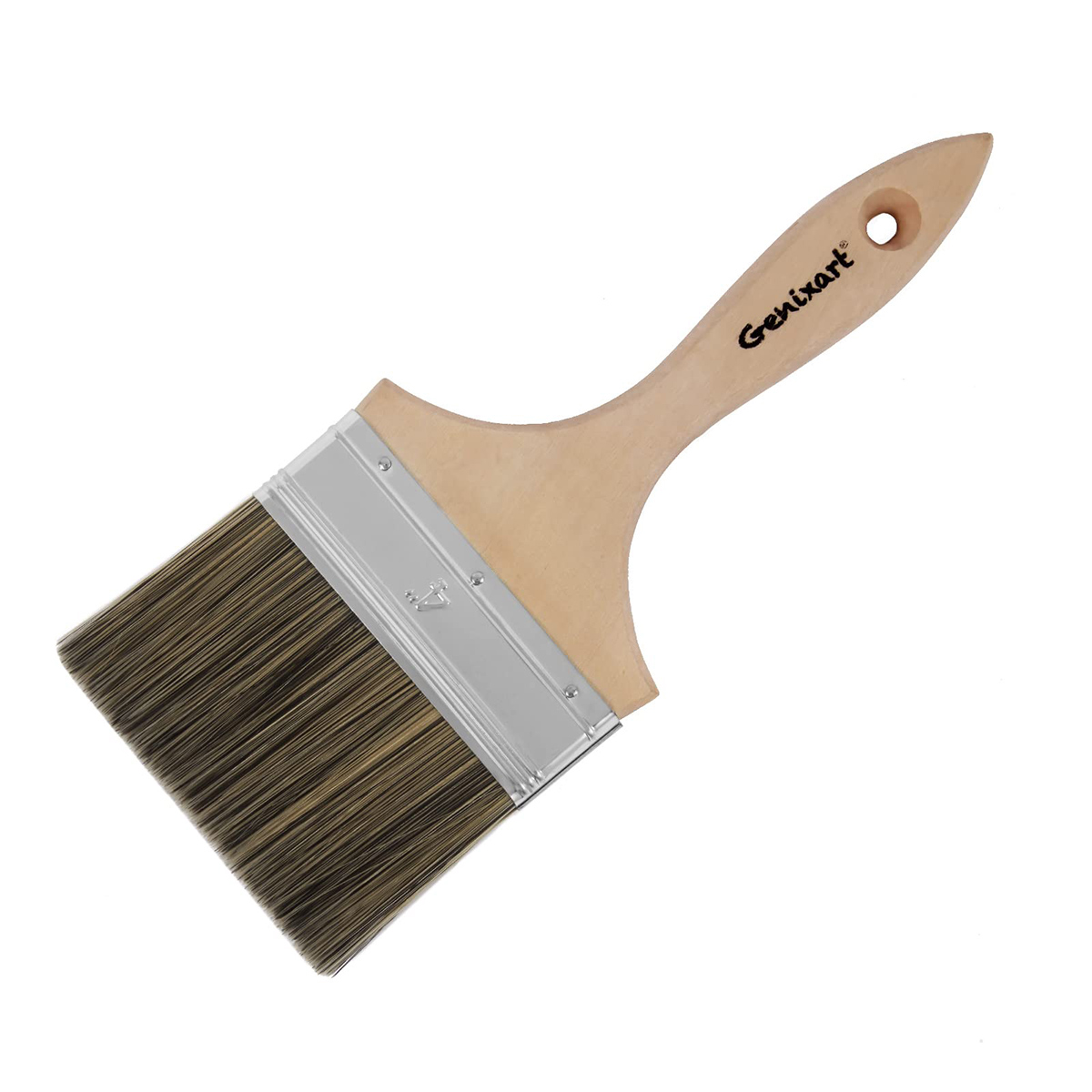
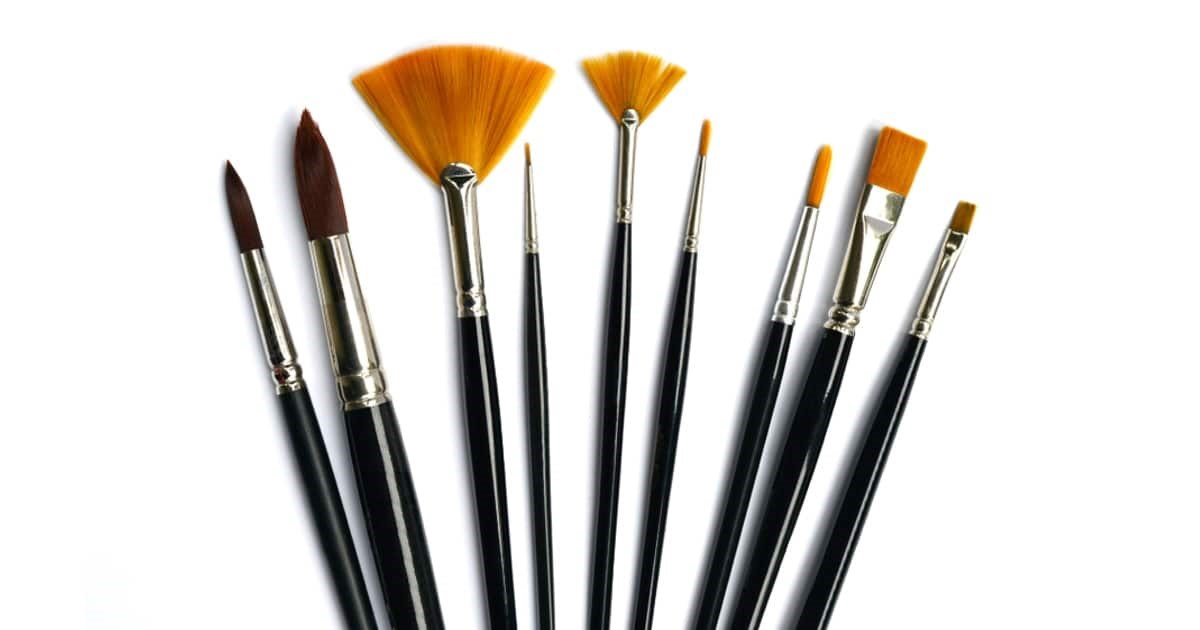
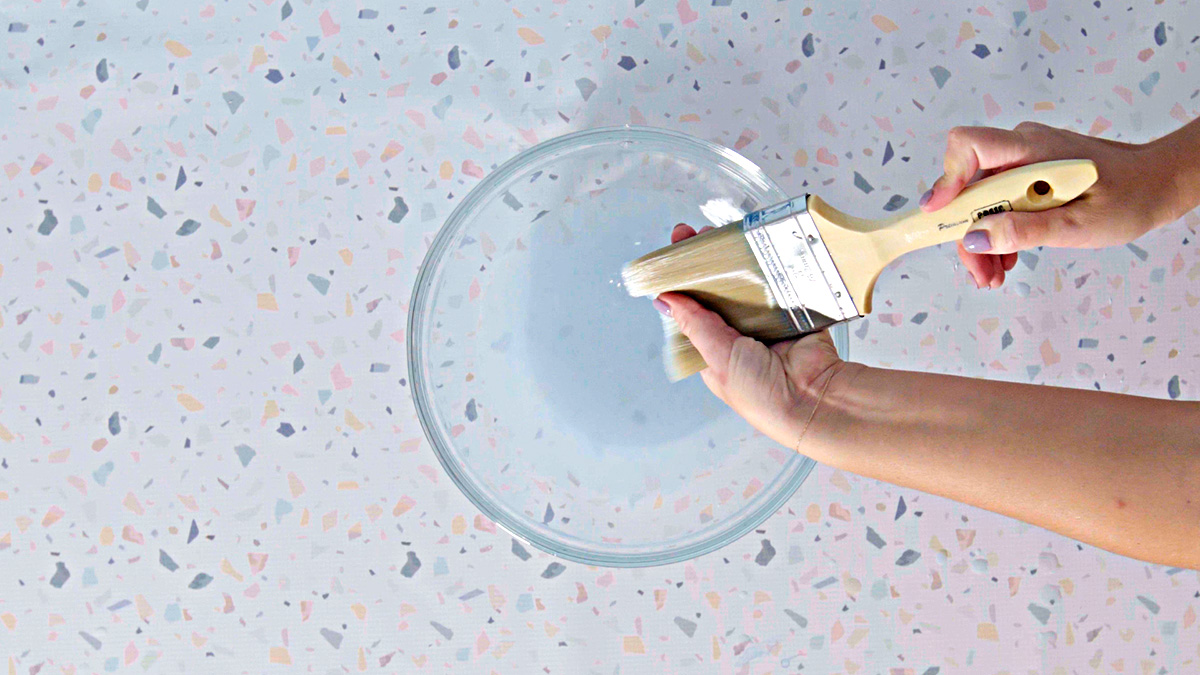
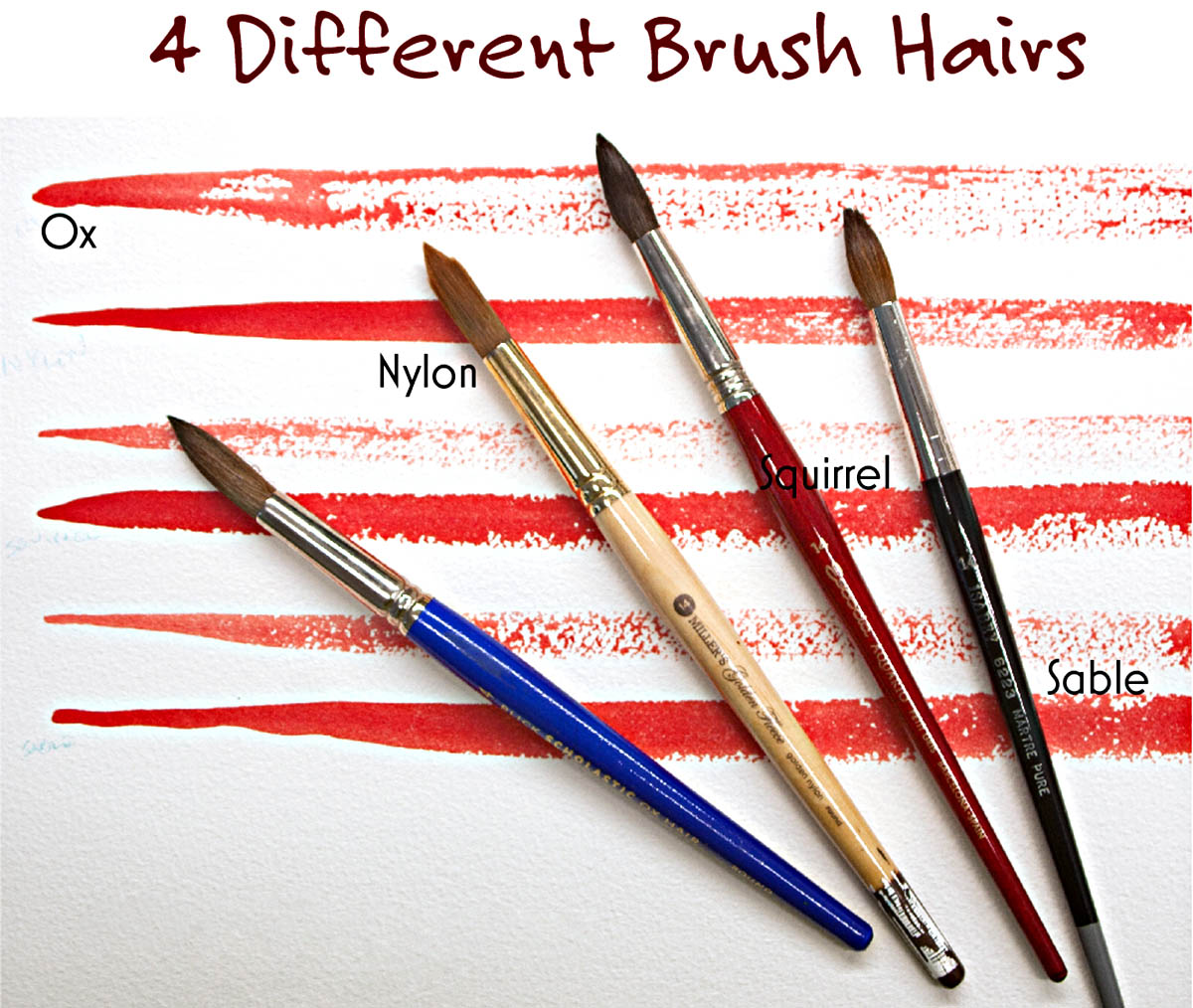
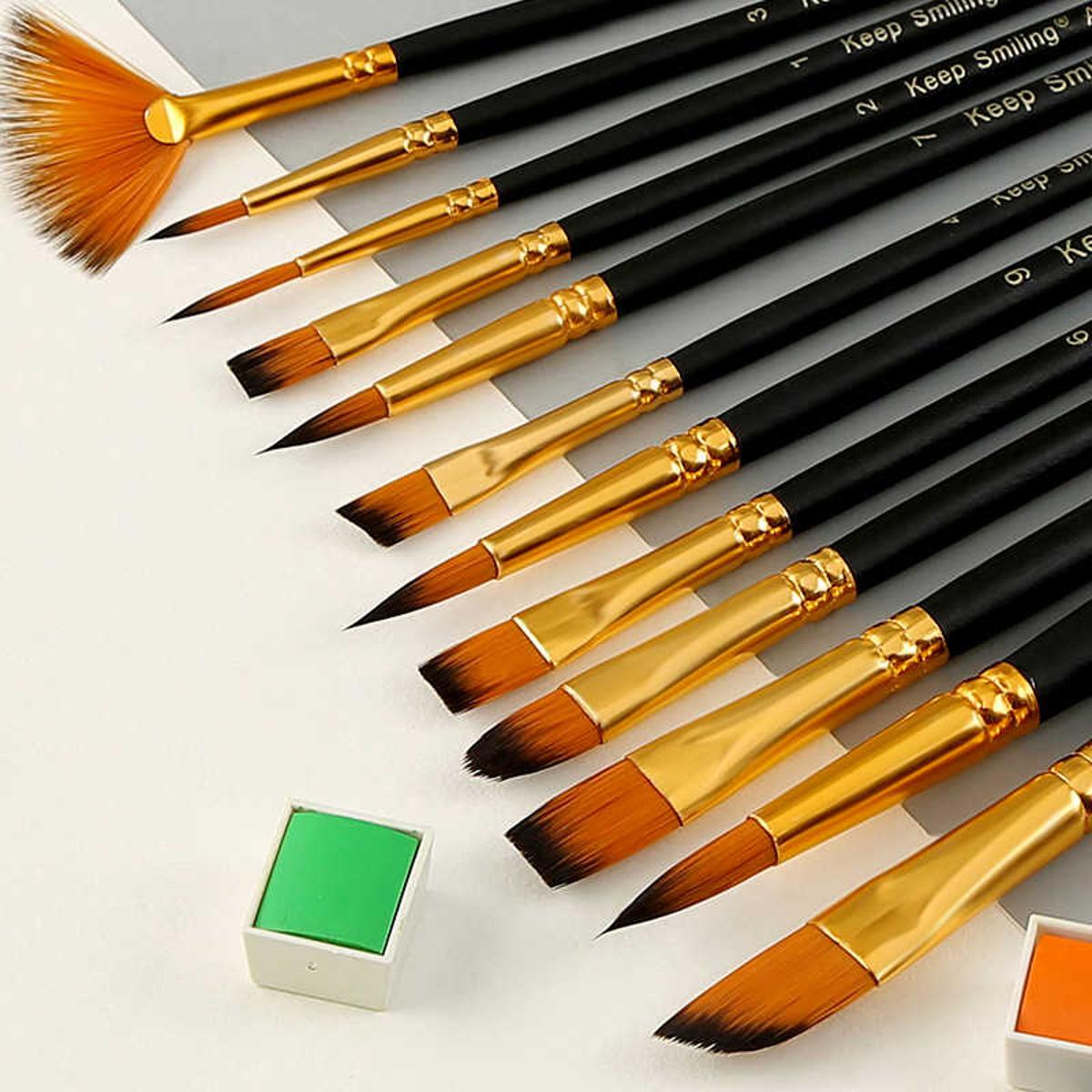
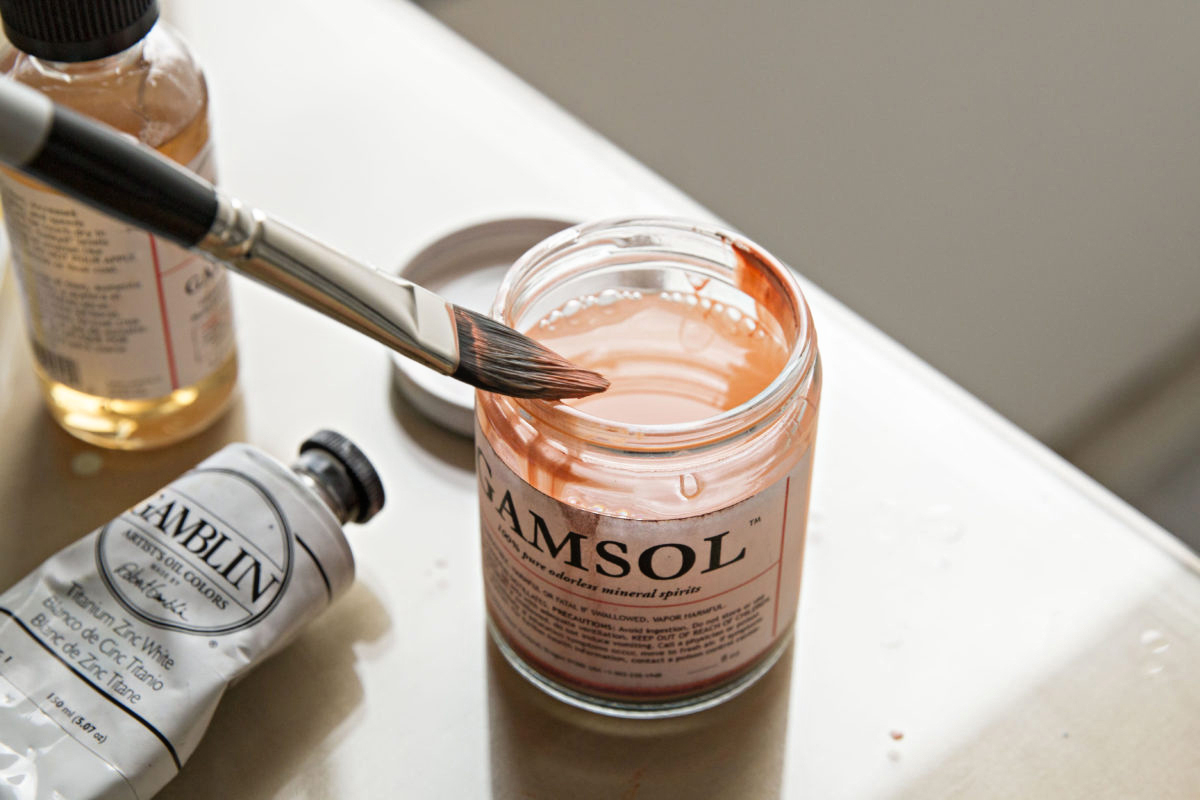
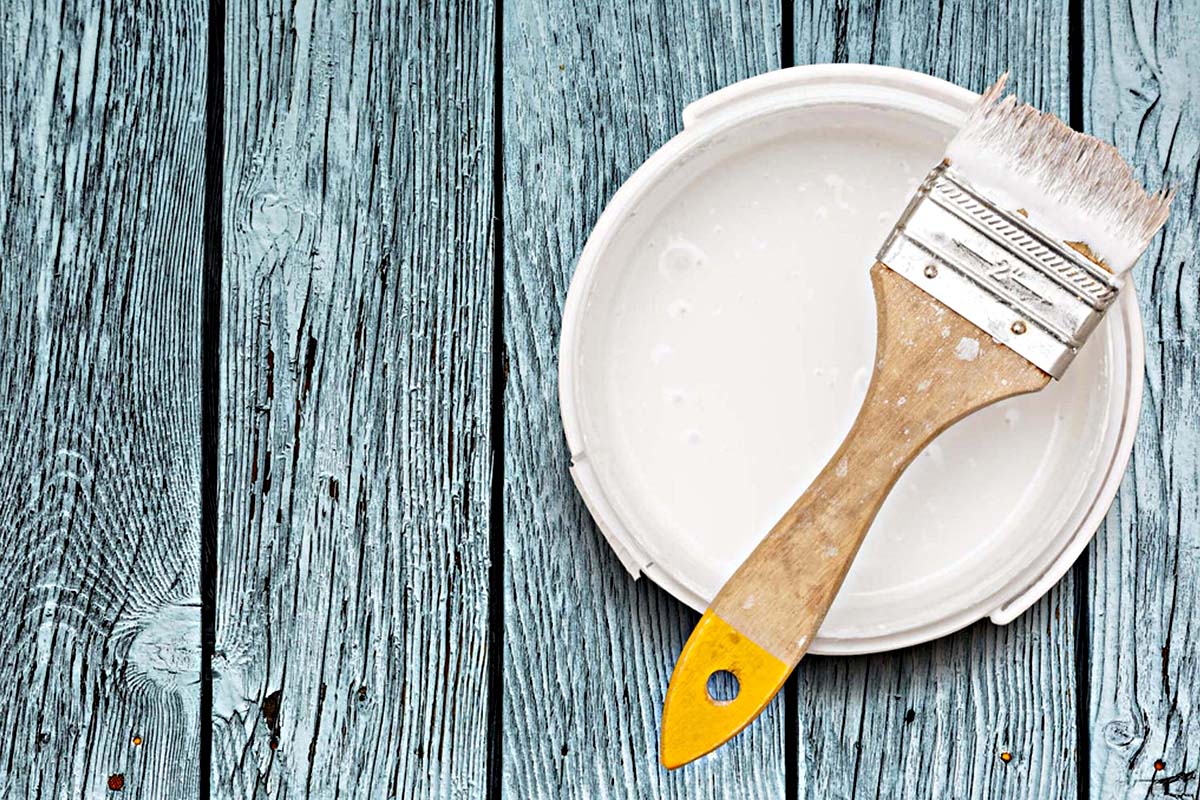
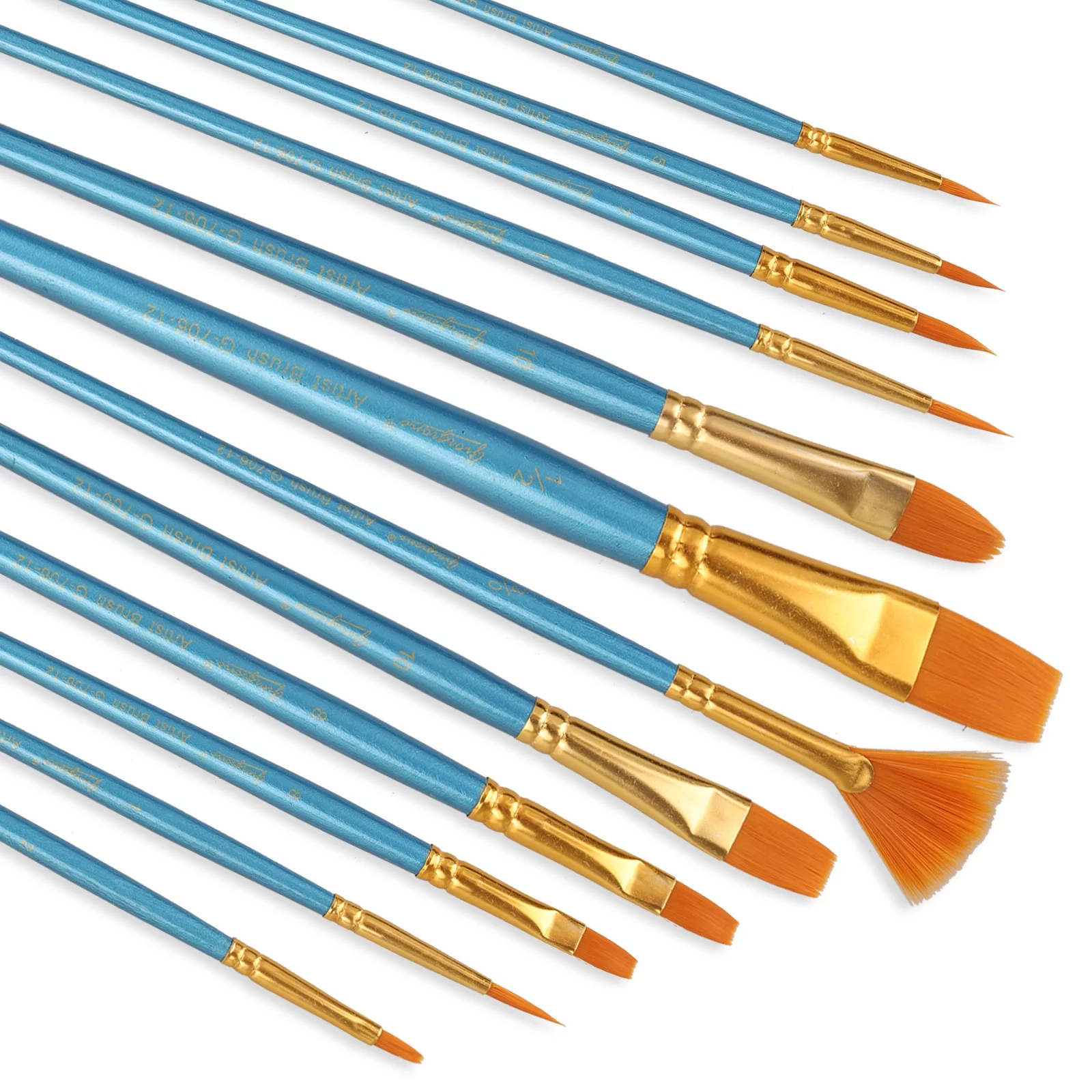
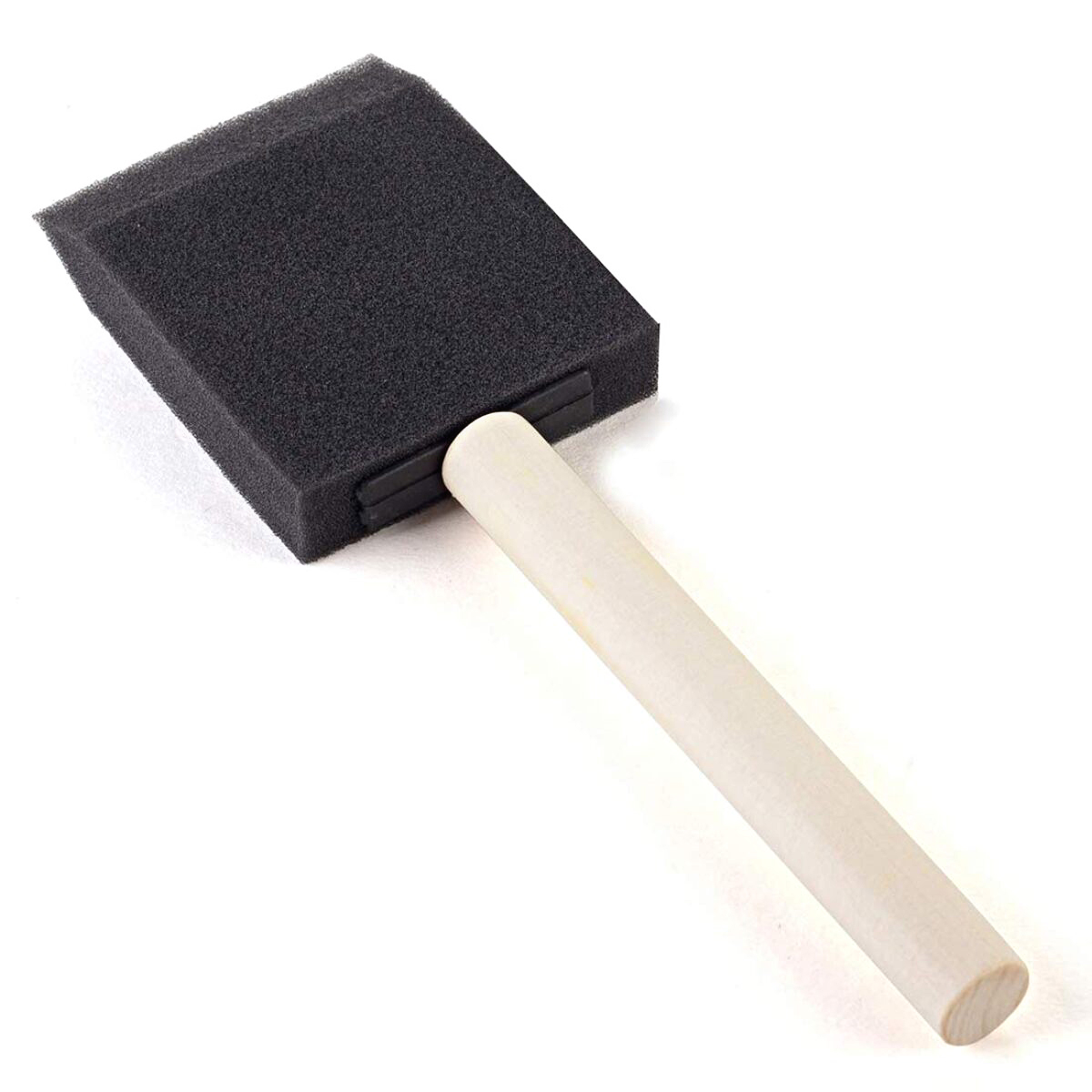
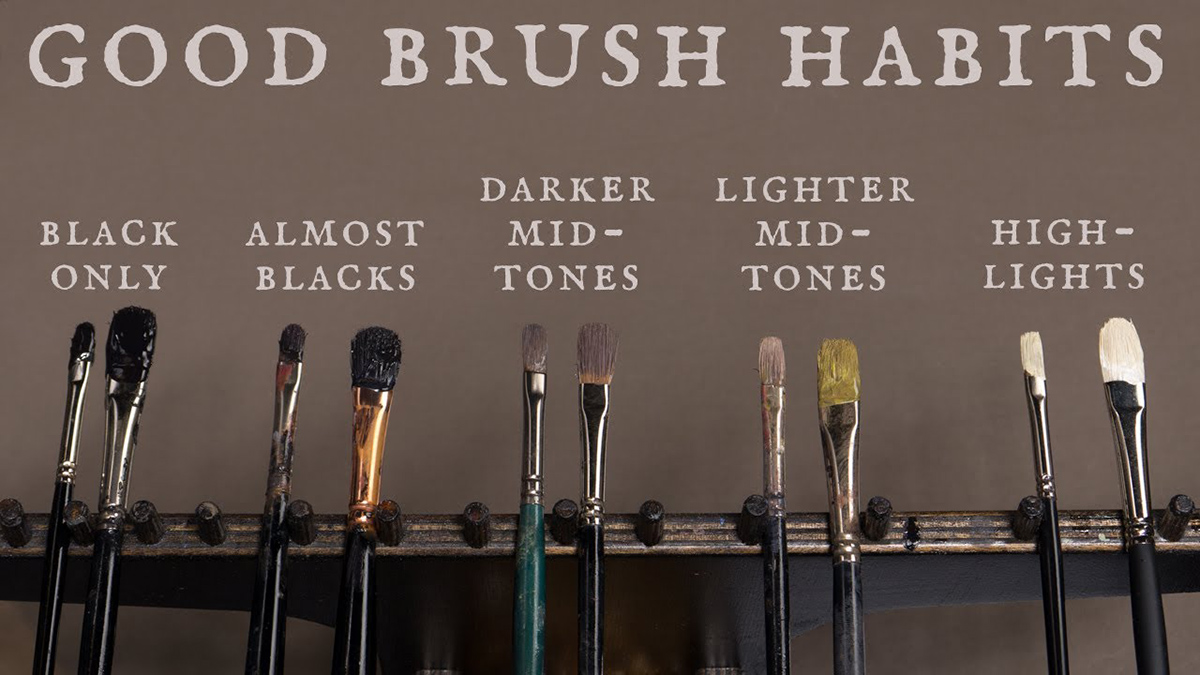
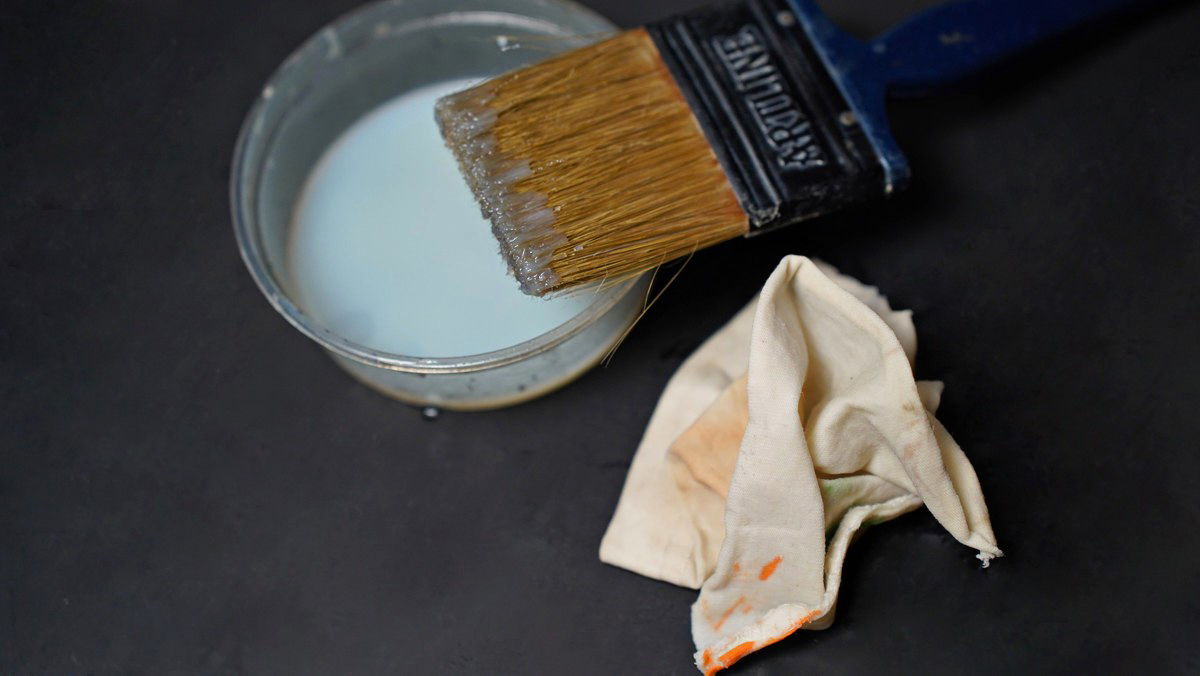
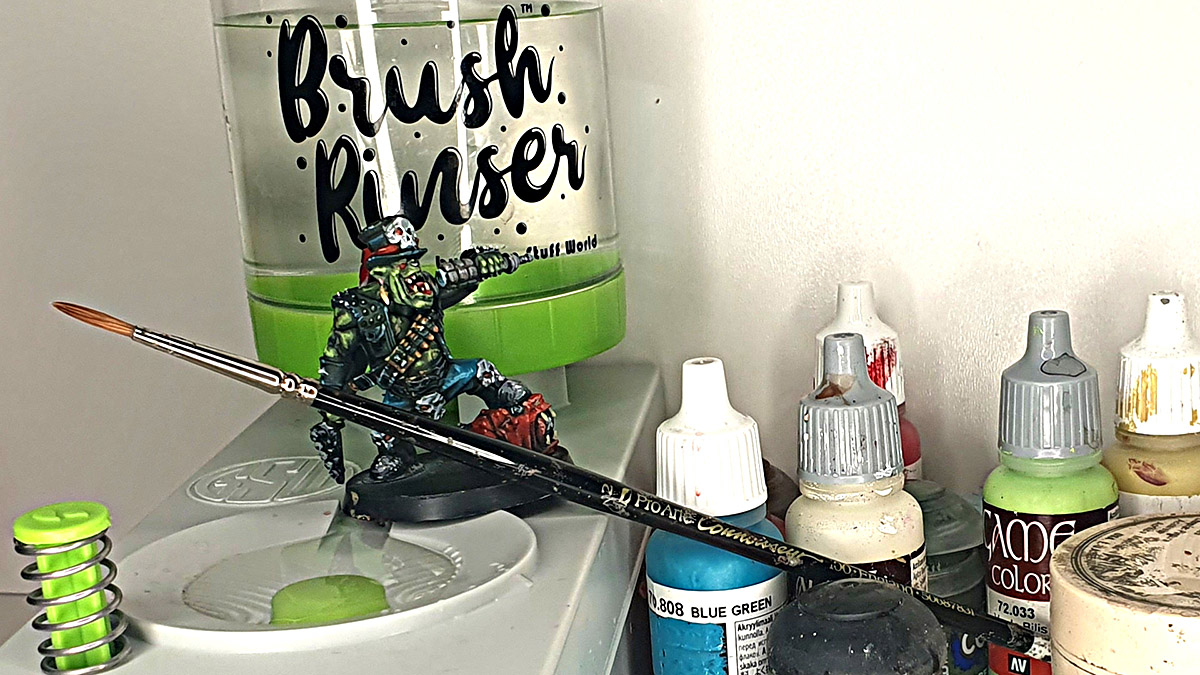

0 thoughts on “Why Do Paint Brushes Split”